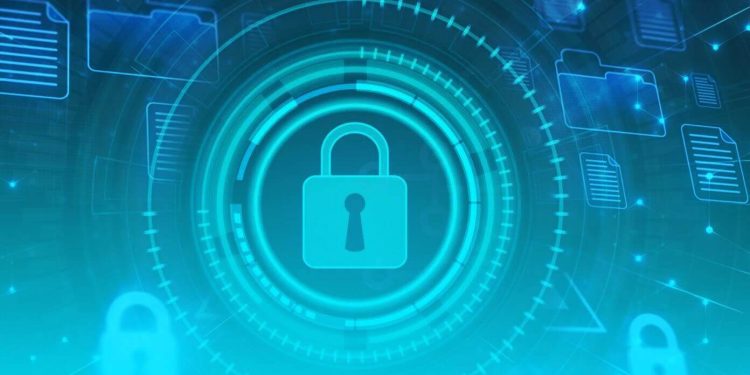2020 was the year of unprecedented challenges and changes. As more and more workers started working from home and companies accelerated their digital transformation, cybersecurity became a major concern. Covid-19-related phishing and social engineering attacks catapulted to 30,000 a day in the US alone.
The world is now on the road to recovery, but cybersecurity threats still remain. In fact, they are becoming increasingly sophisticated in nature. This post will discuss 5 possible cybersecurity threats in 2021 and some tips to combat them.
Increasing Cloud Cybersecurity Risks
As several companies embrace digital transformation, leveraging cloud services, it’s time to move to a risk-based focus. Although the Cloud provides scale and automation, it also exposes companies to security flaws and massive data breaches. Therefore, new security skills have to be learned by the teams, and the full deployment infrastructure has to be considered part of the development and threat modeling process.
Distributed Cloud is predicted to be a future focus for businesses, which will drive Cloud Security Posture Management (CSPM). Below are the features of CSPM:
- Assessing data risk.
- Finding misconfigured network connectivity.
- Detecting liberal account permissions
- Automatic misconfiguration detection and remediation.
- Cloud Monitoring for Policy violations.
- Regulatory compliance with CCPA, GDPR, and HIPAA.
DDoS Driven Attacks on the Rise
Distributed denial-of-service (DDoS) attacks have a huge potential in bringing down corporate networks. The second half of 2020, witnessed a 12% rise in DDoS attacks. The businesses that used simple services delivery protocol (SSDP) and the simple network management protocol (SNMP) were the ones that were targeted the most.
Compromise of SNMP services is especially worrisome because it exposes all enterprise services to risk.
To combat such risks, there is a need to adopt agile, adaptable tools that can detect, isolate and remediate distributed attacks as they occur.
Increase in Email Spear-phishing Attacks
Some researchers warn that spear-phishing attacks will be on the rise in 2021. Spear-phishing attacks are conducted to trick you into handing over login credentials or downloading malicious software. Cybercriminals have already automated the manual aspects of spear-phishing, which will enable cybercriminals to increase the volume of spear-phishing emails. The good news is that such phishing attacks are less likely to be very sophisticated and easier to spot.
Some simple measures can help avoid such attacks:
- Train your employees to spot potential phishing emails. Consider having a spear-phishing simulation.
- In email phishing attacks, the email addresses are often spoofed to look like a legit domain. So, always check the spelling of the sender’s domain.
- Use spam filters, malware detection, and antivirus on all devices.
- Have a system for reporting phishing attacks in your organization so that others can be made aware of them.
Fileless Attacks will Continue to Plague
Fileless malware uses malicious software with legitimate programs to infect systems. As it does not use files or leaves a footprint, it is very challenging to detect and remove. Such malware use approved platforms or software tools that already exist within corporate networks, allowing the attackers to bypass common detection methods. Attackers are creating increasingly sophisticated and targeted malware; therefore, fileless attacks will continue to be a major cybersecurity issue in 2021 as well.
A good way to protect your systems against fileless infections is by simply keeping your software up to date. Also, it is important to have an integrated approach that addresses the entire threat lifecycle. Having a multilayered defense can help you gain an advantage over fileless attacks.
An Increasing Threat to the Internet of Things (IoT)
Today, many businesses are implementing IoT devices and applications to remotely control and manage infrastructure, capture data, and improve business efficiencies. But lack of robust security can make them vulnerable to cyberattacks.
To successfully secure IoT devices, some effective measures can be taken, such as:
- Get visibility into the type and number of IoT devices connected to a network.
- Segmenting the network to reduce the attack surface.
- Adopting secure password practices.
- Active monitoring of IoT devices.
Conclusion
As more businesses move services or store data online, they are putting themselves at risk for cyber attacks. A comprehensive cyber security program can help protect them from financial losses and prevent reputational damage.








